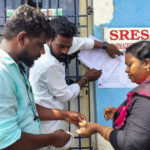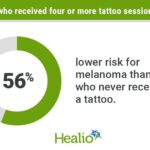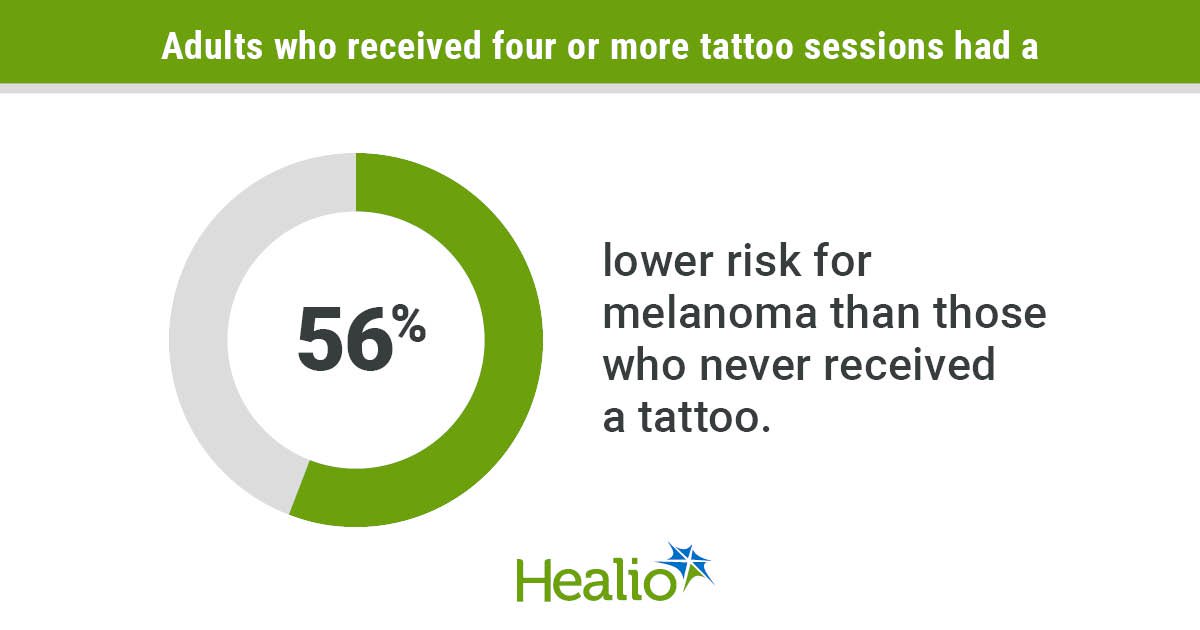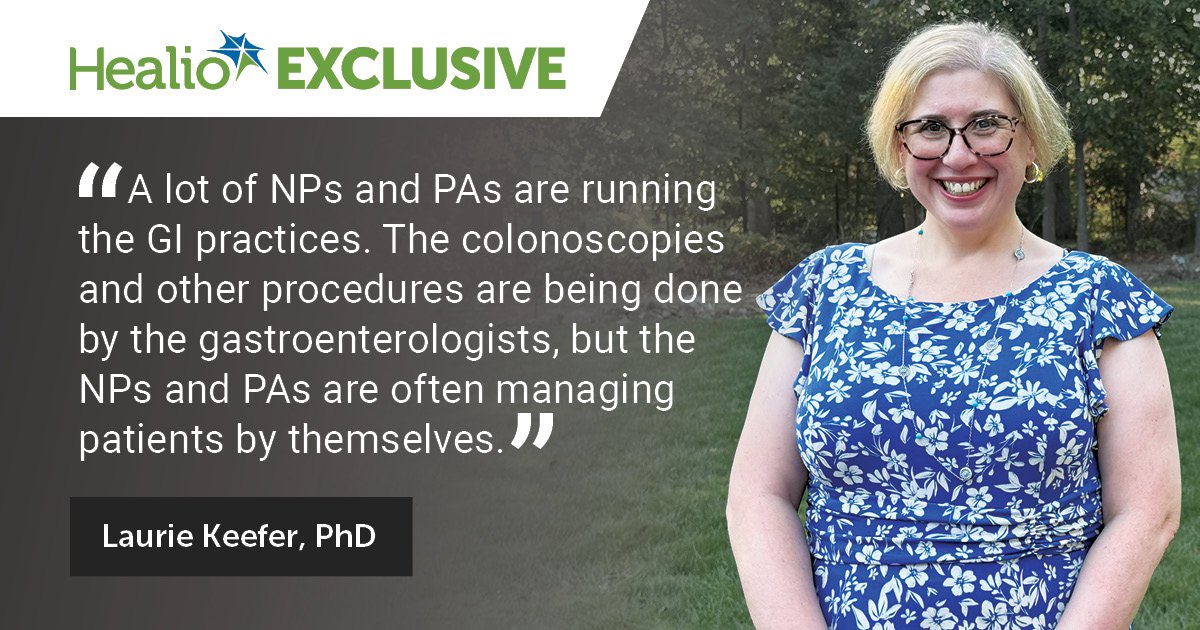August 07, 2025
6 min read
Key takeaways:
- The ‘Big Beautiful Bill’ eliminated Grad PLUS funding and added caps to student loans.
- Experts say this will make medical school less accessible and could worsen workforce the shortages, prompting equity concerns.
Provisions in the One Big, Beautiful Bill Act capping student loans will make it more difficult for medical students — especially those from underserved populations — to become physicians, which may affect an already-severe workforce shortage.
When the Big, Beautiful Bill passed, a little-discussed part of the sweeping legislation was its impacts on student loans, which will have an immediate impact on medical students, according to Sarah C. Nosal, MD, FAAFP, president-elect of the American Academy of Family Physicians.

The legislation eliminated Grad PLUS funding and added new loan caps.
“I am hearing a lot from residents and students — and they don’t often reach out for topics that they’re concerned about — but loans are huge for them,” Nosal said. “Students right this second are looking and freaking out.”
A report from the Association of American Medical Colleges (AAMC) revealed that 71% of medical students in the class of 2024 have education debt. More specifically, 84% have $100,000 or more in student debt; 56% have $200,000 or more and 23% have 300,000 or more.
“Grad PLUS was one of the few federal student financial aid programs designed specifically to support graduate and professional students, playing a vital role in the health care workforce where advanced degrees are often required for licensure and patient-care programs may have higher training costs,” Kristen Earle, director of student financial services at AAMC, told Healio.
Earle noted that, since the program launched 20 years ago, it “has served as a strategic investment in the nation’s physician workforce, allowing medical students at all credit levels to borrow up to the full cost of attendance.”
“Historically, nearly 40% of medical students have relied on Grad PLUS to finance their education,” she said.
This totals more than $2 billion each year, according to AAMC data.
Earle said AAMC “is disappointed” because, together, the loan program elimination and loan limits “will create significant financial barriers to attending medical school.”
“Without access to Grad PLUS and reasonable borrowing limits, many students will be pushed toward private loans, which come with more complex terms and stricter credit requirements,” Earle said. “This shift threatens to deter qualified applicants — particularly students from rural, nontraditional and low-income communities — and could worsen the current and projected physician shortage.”
Enrollment
The new annual loan caps will be $50,000 for medical and law students. The lifetime limit will now be $200,000 for professional degrees.
But according to AAMC, in the medical school graduate class of 2024, the median amount of debt was $205,000. This has spurred concerns about future medical school enrollment.
For example, Nosal said she has heard from many that, without loans, they never would have been able to attend medical school.
“[Students are] really scared about who’s not going to be in their med school class,” she said. “That class is going to look really homogenous: people who have generational wealth.”
The new policy “absolutely is going to both change who applies to med school and maybe whether we fill those classes,” Nosal continued.
Earle said AAMC is also concerned that the elimination of the Grad PLUS program and the inevitable subsequent push for private loans “will create serious financial barriers — especially for aspiring physicians from rural, first-generation or low-income backgrounds, who need to borrow up to the full cost of attendance.”
“These students may now find it harder — or even impossible — to access the financing they need,” Earle said. “We’ll be closely monitoring how these changes affect both medical school enrollment and residency programs. But at a time when we’re facing a growing physician shortage, we should be doing everything possible to support and encourage students to pursue careers in medicine — not creating new obstacles that push them away.”
Nosal also mentioned the threat of private loans, which can sometimes be exclusionary or predatory, and who they may target disproportionately.
“Really smart, amazing people that we would want to be doing medicine are going to look elsewhere because they aren’t going to have the money, but be from backgrounds that would be really wonderful to have represented in our medical schools,” she said.
Some have argued the loan caps are a positive change because it would make medical school cheaper, but Nosal said many factors — some of which are in jeopardy — influence this.
“At the same time all of this is happening, the medical schools have lost research funding, grants and support,” she said. “They’ve shut down PhD programs. … The roles that they thought were funded were defunded even sometimes halfway through work. … That’s all the same organization.”
And even if there were some savings to fund medical school, Nosal said they would be minimal because everything — including keeping faculty — has become more expensive.
“The things that we would hope would be ‘pros’ all seem [to be] unlikely scenarios and are probably not going to be what happens,” Nosal said. “Instead, we’ll see homogenous generational wealth and more limited types of individuals pursuing medicine — and maybe just a lot less in general.”
Workforce shortage
Fewer people pursuing medicine is a particularly troubling consequence considering the physician workforce shortage in the U.S. has been well-documented.
Between 2021 and 2022, the number of primary care clinicians dropped from 105.7 per 100,000 to 103.8 per 100,000, according to this year’s primary care national scorecard. Additionally, a March 2024 report from the AAMC indicated that, by 2036, the U.S. will face a physician shortage of up to 86,000 physicians.
Earle said the loan changes will “absolutely” affect the already severe workforce shortage, and “are likely to worsen” the situation further.
Earle said that shortage “doesn’t include the existing deficits in many rural and underserved communities. If future medical students face greater financial barriers — especially those from low-income, rural, or first-generation backgrounds — we risk shrinking the pipeline of qualified applicants. Fewer students entering medical school now means fewer residents and practicing physicians later.”
Plus, there is “really good evidence” that communities with patients who have similar backgrounds to their physicians have better health outcomes — and this is true across a variety of backgrounds, Nosal said.
“When you have an understanding of that community, you’re just better able to meet their needs,” she said.
Because of that knowledge, Nosal said there is currently “this great effort” to recruit future physicians from underrepresented communities and make sure they know that medical school can be an option for them with financial aid. She said this was successful, and many physicians went back to serve their own communities, but now, “we are unlikely to even be pursuing those candidates.”
“We are already at such a loss in our small, rural towns, and we have been trying to set up different kinds of programs and training more in the depths of the community to get those people represented there. And that’s for sure a group that we’re going to lose right away,” Nosal said. “We’re not going to look for them, which means they won’t be there and they won’t be returning to their communities to provide care.”
‘Everyone will struggle to get appropriate care’
Ultimately, Earle said the student loan policies “represent a significant shift in how students will be able to pay for medical school.”
“The changes to federal borrowing limits and elimination of the Grad PLUS program stand to make it harder for aspiring physicians to access medical school and obtain forgiveness under income-driven repayment and Public Service Loan Forgiveness,” she said. “At a time when we are facing a projected physician shortage, we should be doing everything we can to encourage not discourage aspiring physicians to continue to pursue careers in medicine.”
Earle said medical schools currently provide a variety of scholarships, and there are a few that have institutional loan programs of their own. But “as institutions weigh these changes and subsequent impact, there will be a need to explore how to best support students and uphold their mission,” she said.
Nosal said there are still “many different opportunities” to help remedy this situation — other state and federal dollars can help support people pursuing primary care — and she hopes to see some creative solutions to these concerns.
However, Nosal said she fears nothing will be able to make up for the “huge support that was available through federal programs.”
“I feel like readers should be really shocked and upset that the full cost of med school isn’t possible,” she said. “Everybody wants to have … a good family doctor … [but] I don’t think that we’re going to have the kind of care that we need for our communities.”
“It’s simply not going to be there, and it’s going to impact our wealthiest citizens and our poorest citizens, and everyone will struggle to get appropriate care and have relationships with their doctor that they know they deserve and they know will benefit their health,” she continued.
For more information:
Kristen Earle and Sarah C. Nosal, MD, FAAFP, can be reached at primarycare@healio.com.










